Red Light Therapy and Rosacea: What The Science Says
Rosacea—that pesky skin conditions that leave your face feeling like a fiery volcanic eruption. You've tried everything from ice packs to industrial-strength moisturizers, but nothing seems to calm the redness. Sound familiar? Well, hold onto your hats, because there might be a glimmer of hope on the horizon: red light therapy.
We're not here to peddle miracle cures. Instead, we're going to talk about the science behind this trendy treatment. We'll break down how red light therapy actually works, sift through the research on its effectiveness for rosacea, and guide you through safe usage.

What's the Deal with Rosacea?
Rosacea is more than just a little redness. It's a chronic skin condition that can throw a wrench into your confidence. But hey, you're not alone. Millions of people grapple with this frustrating issue.
So, what exactly is rosacea? Imagine your facial blood vessels throwing a wild party, causing redness, flushing, and sometimes even those pesky little bumps that resemble acne. It's not contagious, and it's not your fault. It's just your skin being a bit dramatic.
Rosacea often sets up camp on your cheeks, nose, chin, and forehead. It can even sneak onto your neck and chest. And while it can affect anyone, fair-skinned folks between 30 and 50 are more likely to experience it.
Types of Rosacea
Rosacea isn't a one-size-fits-all kind of deal. It actually comes in four different flavors:
Type 1—Erythematotelangiectatic Rosacea (ETR): Think of persistent redness, flushing, and visible blood vessels on your face that look like tiny spiderwebs. It's not the cutest look, we know.
Type 2—Papulopustular Rosacea: This type brings along the party crashers—bumps and pimples that can easily be mistaken for acne. Fun times, right?
Type 3—Phymatous Rosacea: This is a rarer form that causes the skin to thicken and become bumpy. It often affects the nose, giving it a bulbous appearance.
Type 4—Ocular Rosacea: This one's a real eye-opener (pun intended). It messes with your eyes, causing redness, dryness, and that annoying feeling like something's stuck in there.

Four Rosacea Types
Source: National Library of Medicine
Many people experience a delightful combo of these types, which is why getting a proper diagnosis from a dermatologist is key. They can help you figure out what type of rosacea you're dealing with and tailor a treatment plan accordingly.
What's the Root Cause of Rosacea?
The truth is that scientists and doctors are still scratching their heads trying to figure out the exact cause of rosacea. It's likely a combination of factors, including:
-
Genetics: If your family tree is blooming with rosacea sufferers, you might be more prone to it yourself. Thanks, Mom and Dad!
-
Immune System Gone Rogue: Some research suggests that an overactive immune system could be fanning the flames of rosacea.
-
Mite Mania: Nope, we're not talking about those creepy crawlies in your carpet. We're talking about microscopic Demodex mites that live on everyone's skin. Some studies suggest that folks with rosacea might have more of these little guys than usual.
-
Environmental Factors: Things like sun exposure, stress, spicy foods, and alcohol can trigger rosacea flare-ups in some people.
While we might not have all the answers yet, the good news is that there are effective treatments available to manage rosacea. And that brings us to the exciting world of red light therapy.
The Rosacea Treatments: What Works Best?
If you're looking for a magic bullet to banish rosacea forever, we're gonna be real with you: it doesn't exist. But don't lose hope just yet. There are plenty of effective treatments that can help you manage your symptoms and reclaim your clear complexion.
The usual suspects:
-
Topical Treatments: Think creams, gels, and lotions containing ingredients like metronidazole, azelaic acid, or ivermectin. These can help reduce redness, bumps, and inflammation.

-
Oral Medications: In some cases, your doctor might prescribe antibiotics or other oral meds to tackle stubborn rosacea.

-
Laser and Light Therapies: These high-tech treatments can target and shrink visible blood vessels, reducing redness and improving skin health and texture.

But what about red light therapy? Is it worth adding to your rosacea-fighting arsenal? That's what we're here to explore. So, let's shine a light (pun intended) on how this trendy treatment might help you tame your temperamental skin.
Red Light Therapy for Rosacea
Now for the million-dollar question: can red light therapy actually help with rosacea? The short answer is... maybe. It's not a guaranteed miracle cure, but there's promising evidence suggesting it could be a valuable tool in your rosacea-fighting arsenal.

How Does It Work?
First things first, let's break down how red light therapy actually works. Imagine tiny beams of red light penetrating your skin's surface and getting absorbed by your cells. This light energy then kickstarts a chain reaction, boosting your cells' energy production and promoting healing.
Is Red Light Therapy Effective and Safe for Rosacea?
So, is red light therapy the answer to your rosacea prayers? While it might not be a miracle cure, there's compelling evidence suggesting it can be a valuable addition to your skincare routine.
The science behind it is pretty cool. Red light works by penetrating your skin and stimulating cellular activity. This can help reduce inflammation, boost circulation, and even promote collagen production – all of which can be beneficial for rosacea sufferers.
The Benefits for Rosacea
So, what does this mean for your rosacea? Well, those little beams of light can potentially do some pretty cool things:
-
Reduce Inflammation: One of the hallmarks of rosacea is inflammation. Red light therapy has been shown to calm this inflammation down, potentially easing facial redness and swelling.
-
Improve Skin Barrier Function: A healthy skin barrier is crucial for keeping irritants out and moisture in. Red light laser therapy might help strengthen this barrier, making your skin less reactive and more resilient.
-
Stimulate Collagen Production: Collagen is the protein that gives your skin its structure and elasticity. Red LED light therapy might boost collagen production, leading to smoother, firmer skin.
What Does the Research Say?
While research on red light therapy for rosacea is still in its early stages, the results so far are encouraging. Several small studies have shown that red light therapy can reduce redness, inflammation, and even the number of bumps and pimples associated with rosacea.
But keep in mind that everyone's skin is different. What works wonders for one person might not be as effective for another. It's important to manage your expectations and talk to your dermatologist about whether red light therapy is right for you.
The Verdict?
Red light therapy isn't a magic wand, but it could be a valuable addition to your rosacea treatment plan. If you're looking for a non-invasive, painless way to potentially reduce redness and inflammation, it might be worth exploring.
Choosing the Right Light Color for Rosacea
Light therapy offers a spectrum of colors, each with potential benefits for your skin. But when it comes to rosacea, not all colors are the same. So, which shade should you be shining on your face?
-
Red Light (630-660nm): This is the MVP for rosacea. It penetrates deep into the skin, working its magic to reduce inflammation, boost circulation, and promote healing. If you're dealing with redness, swelling, and general skin irritation, red light is your go-to.
-
Near-Infrared Light (800-850nm): Think of this as red light's more intense cousin. It penetrates even deeper, targeting inflammation and potentially stimulating collagen production for smoother, firmer skin.
-
Yellow Light (570-590nm): This one's a bit of a wildcard. Some studies suggest it might help with lymphatic drainage, potentially reducing puffiness and swelling. It's also thought to be soothing and calming for thickened skin.
-
Blue Light (415nm): While blue light is great for acne, it's not usually recommended for rosacea. It can actually worsen inflammation and redness in some cases.
For most rosacea sufferers, red light and near-infrared light are the dynamic duo. These wavelengths offer the best chance of reducing redness, inflammation, and promoting healing. Some devices even combine both red and near-infrared light for maximum benefits.
Red Light Therapy Results
We all want instant gratification, right? But when it comes to red light emitting diode therapy for rosacea, patience is key. Think of it like a marathon, not a sprint. You won't see dramatic results overnight, but with consistent use, you might start noticing some positive changes.
So, How Long Does It Really Take?
There's no exact number here.
Everyone's skin is different, and the severity of your rosacea can also play a role. Some people might see improvements in redness and inflammation within a few weeks, while others might need several months to notice a difference.
Most studies recommend using red light therapy consistently for 8-12 weeks to see optimal results. This usually means using your device for 10-20 minutes a few times a week. Stick with it, and you might be pleasantly surprised by how your skin responds.
The Importance of Consistency
Consistency is the name of the game with red light therapy. Just like you wouldn't expect to see results from hitting the gym once a month, you can't expect your skin to transform after a single session of red light.
Make red light therapy a regular part of your skincare routine, and you'll give your skin the best chance to soak up those beneficial rays and start glowing from the inside out.
Rosacea No-Nos: Ingredients to Avoid
Dealing with rosacea is like walking a tightrope. One wrong move and you could trigger a flare-up that leaves your skin looking like a tomato. So, what should you steer clear of when it comes to your skincare routine? Here's a list of common culprits:
-
Harsh Exfoliants: We're talking about those gritty scrubs and peels that feel like sandpaper on your face. Rosacea skin is sensitive, so opt for gentle exfoliants like lactic acid or enzymes.
-
Alcohol-Based Products: Toners, astringents, and even some moisturizers contain alcohol, which can dry out your skin and exacerbate redness. Look for alcohol-free alternatives.
-
Fragrance: That lovely floral scent might smell amazing, but it could be wreaking havoc on your rosacea. Fragrances are notorious for irritating sensitive skin, so choose fragrance-free products whenever possible.
-
Essential Oils: While some essential oils can be beneficial for certain skin types, they can be a trigger for rosacea. It's best to avoid them altogether or consult with a dermatologist before using them.
-
Witch Hazel: This popular toner ingredient might be great for oily skin, but it's a big no-no for rosacea. It can dry out your skin and make redness worse.
Always patch-test new products on a small area of your skin before applying them to your entire face. This way, you can see how your skin reacts before potentially triggering a full-blown flare-up.
Ready to Shine a Light on Your Rosacea?
So, there you have it – the lowdown on red light therapy and its potential to calm the chaos of rosacea. Remember, it's not a magic cure, but it could be a powerful tool in your skincare arsenal.
Key takeaways:
-
Rosacea comes in different forms, so get a proper diagnosis.
-
The cause is a mystery, but genetics, immune system issues, and environmental triggers might play a role.
-
Red light therapy appears to help reduce inflammation, boost skin barrier function, and stimulate collagen production.
-
Research on red light therapy for rosacea is promising, but more studies are needed.
-
Red and near-infrared light are the most beneficial wavelengths for rosacea.
Warmth & Comfort: Your Skin Deserves It
At Homlyns, we believe that feeling comfortable in your own skin is essential for overall well-being. Just like our high-quality home heating solutions bring warmth and comfort to your living space, red light therapy could offer a soothing embrace for your rosacea-prone skin.
Why not explore the potential of this gentle, non-invasive way to treat rosacea? Your calmer, more radiant complexion might be just a few sessions away.
Reference:
-
Sorbellini E, De Padova MP, Rinaldi F. Coupled blue and red light-emitting diodes therapy efficacy in patients with rosacea: two case reports (https://www.ncbi.nlm.nih.gov/pmc/articles/PMC6988247/). J Med Case Rep. 2020;14(1):22. Published 2020 Jan 28. doi:10.1186/s13256-019-2339-6
-
Hamblin MR. Mechanisms and applications of the anti-inflammatory effects of photobiomodulation (https://www.ncbi.nlm.nih.gov/pmc/articles/PMC5523874/). AIMS Biophys. 2017;4(3):337-361. doi:10.3934/biophy.2017.3.337
-
Wunsch A, Matuschka K. A controlled trial to determine the efficacy of red and near-infrared light treatment in patient satisfaction, reduction of fine lines, wrinkles, skin roughness, and intradermal collagen density increase (https://www.ncbi.nlm.nih.gov/pmc/articles/PMC3926176/). Photomed Laser Surg. 2014;32(2):93-100. doi:10.1089/pho.2013.3616




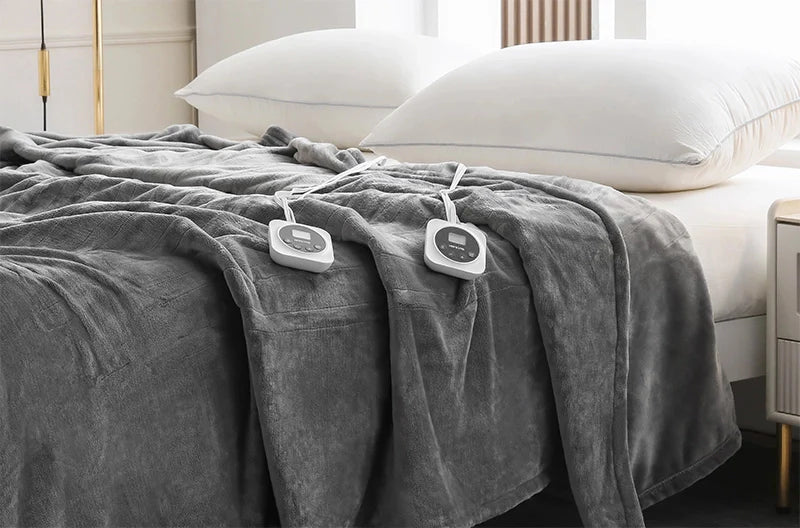
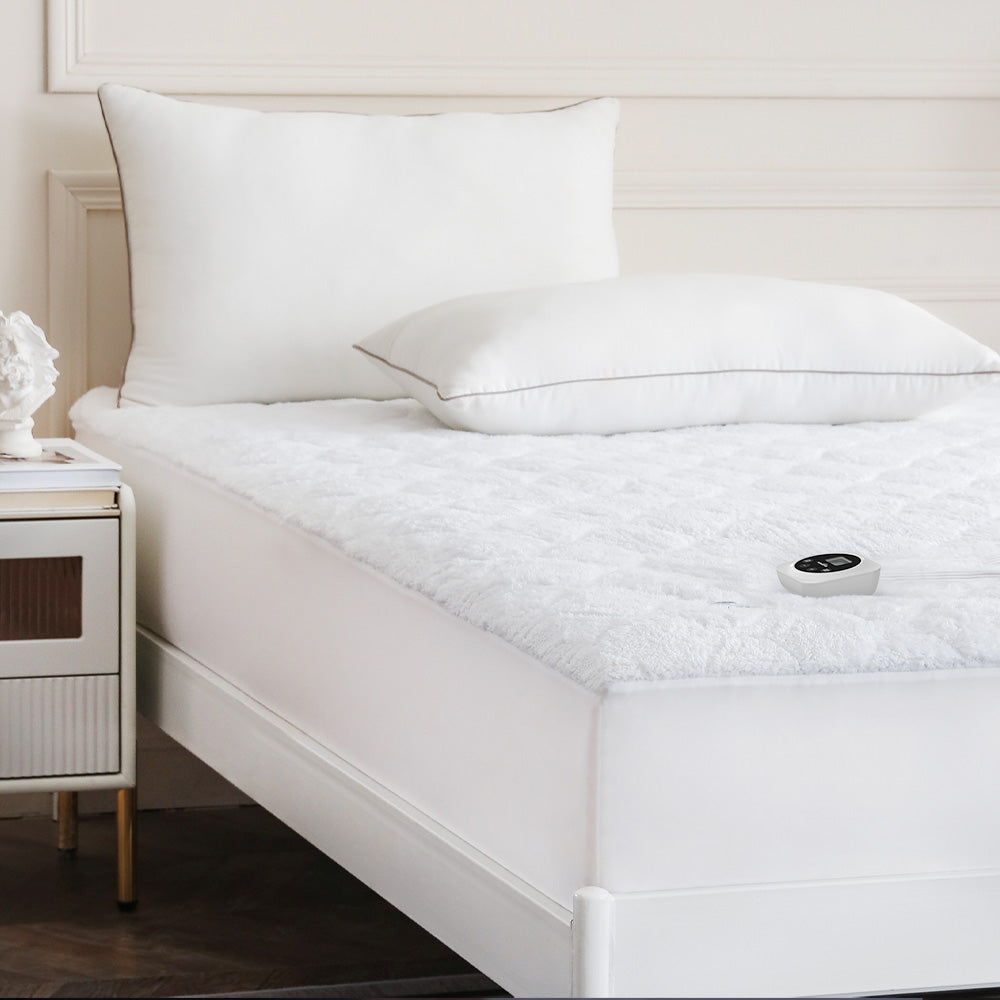
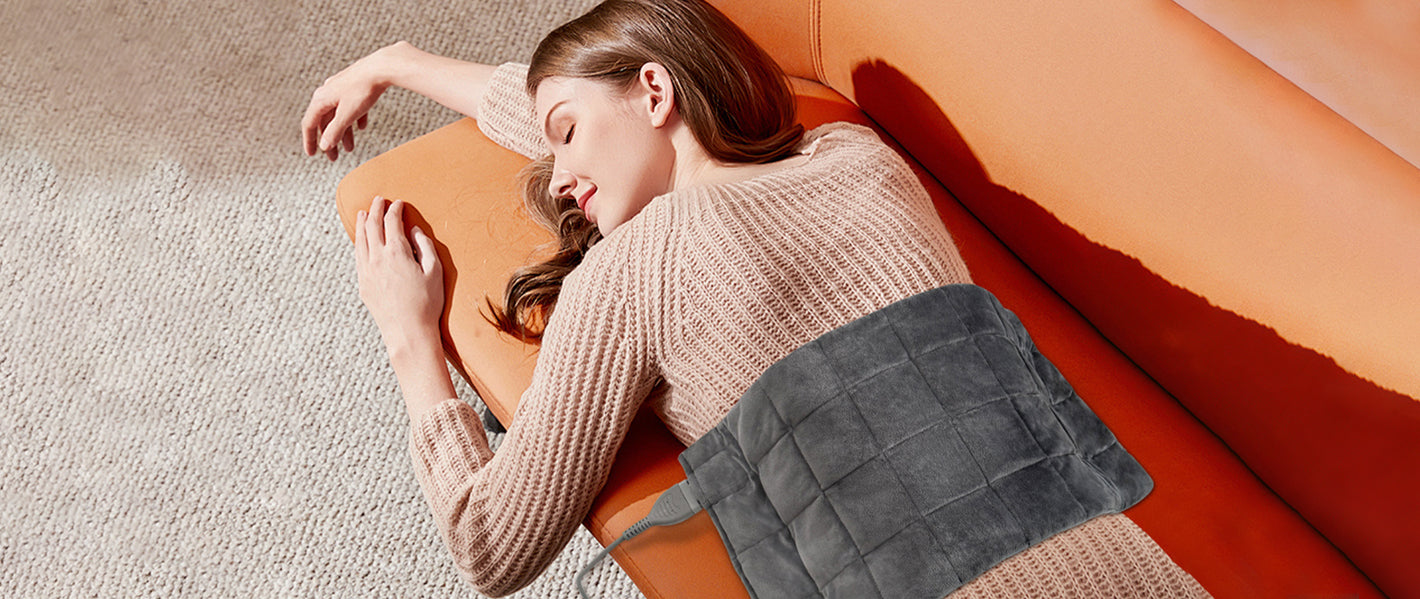
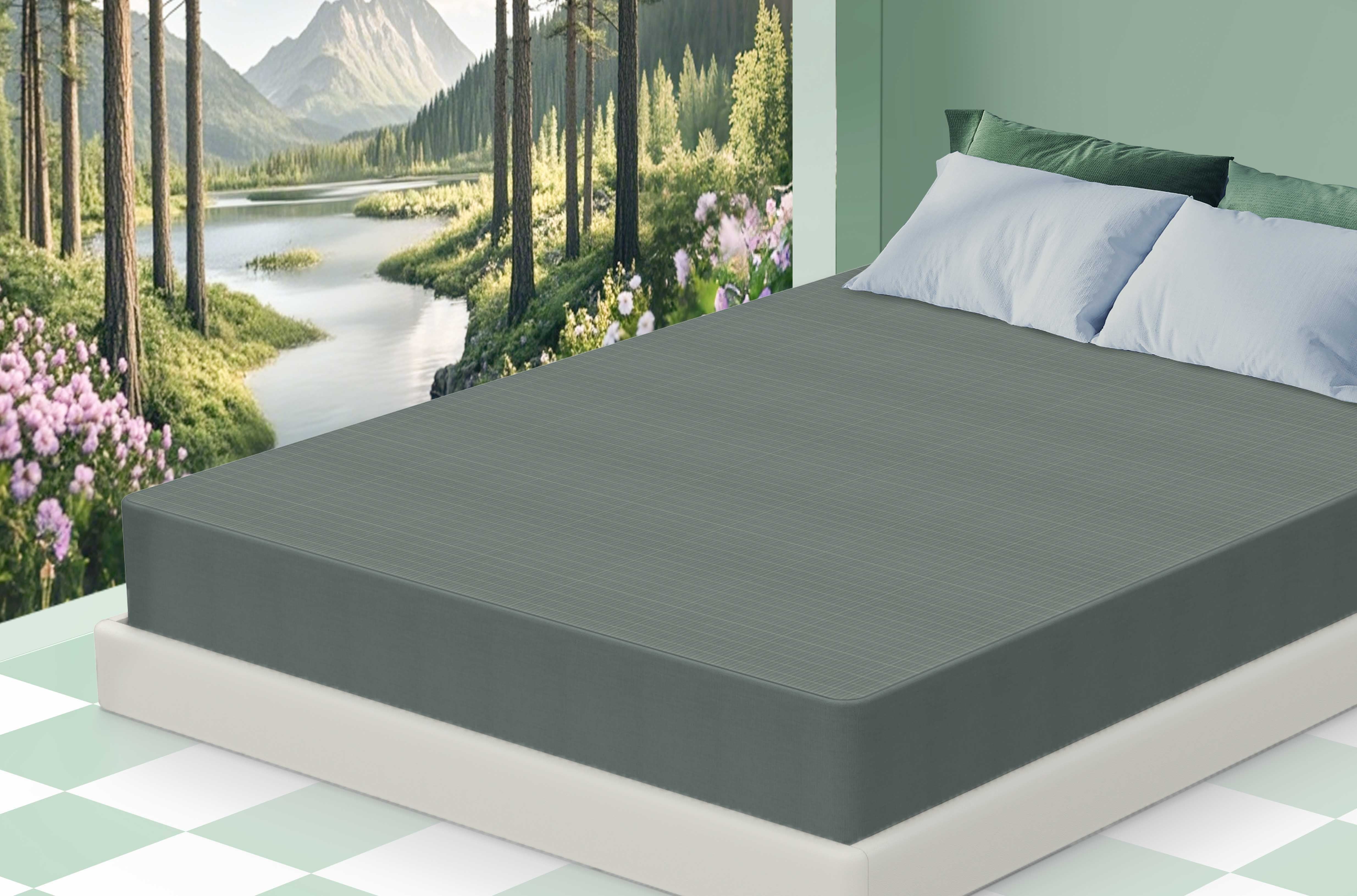

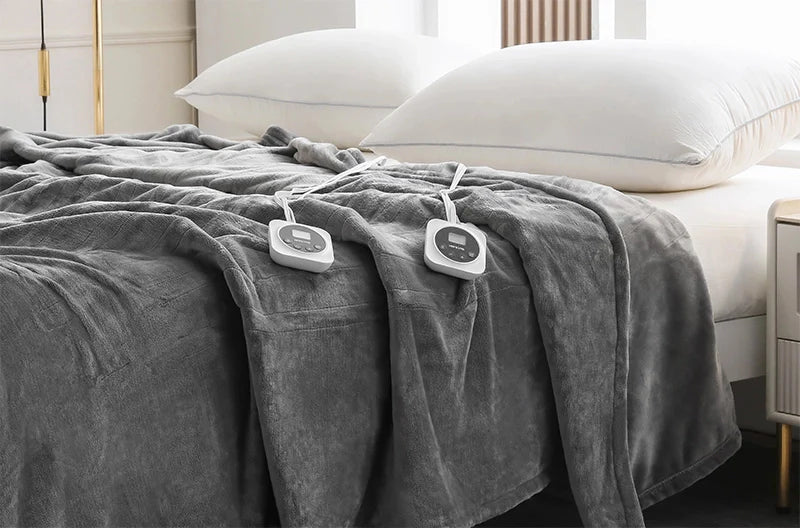
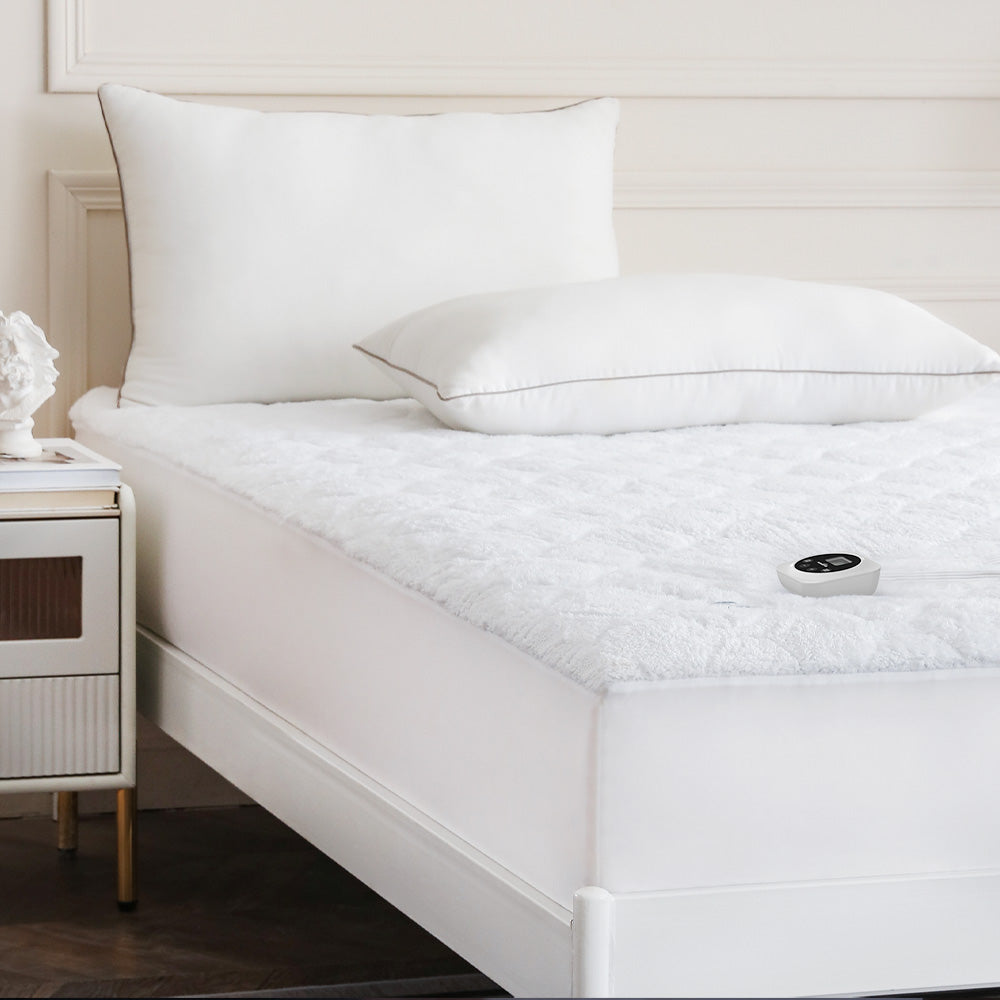
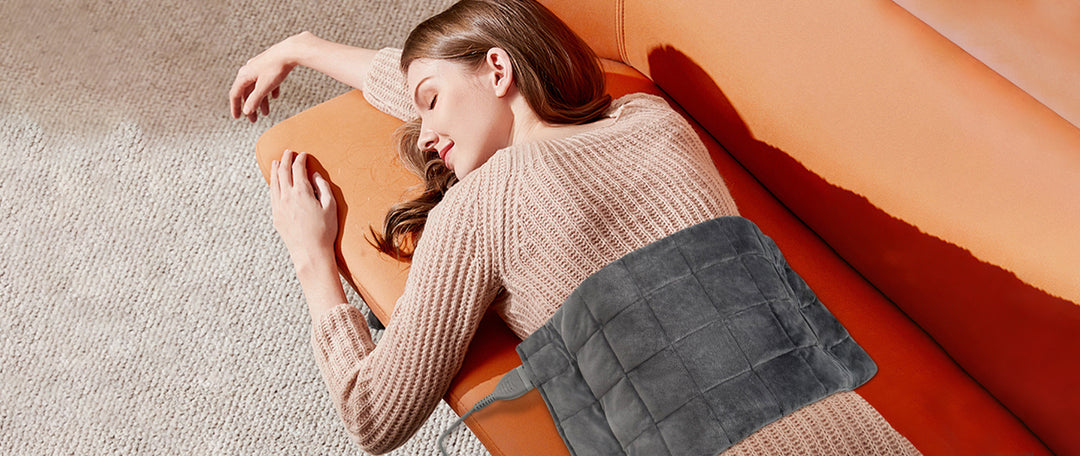
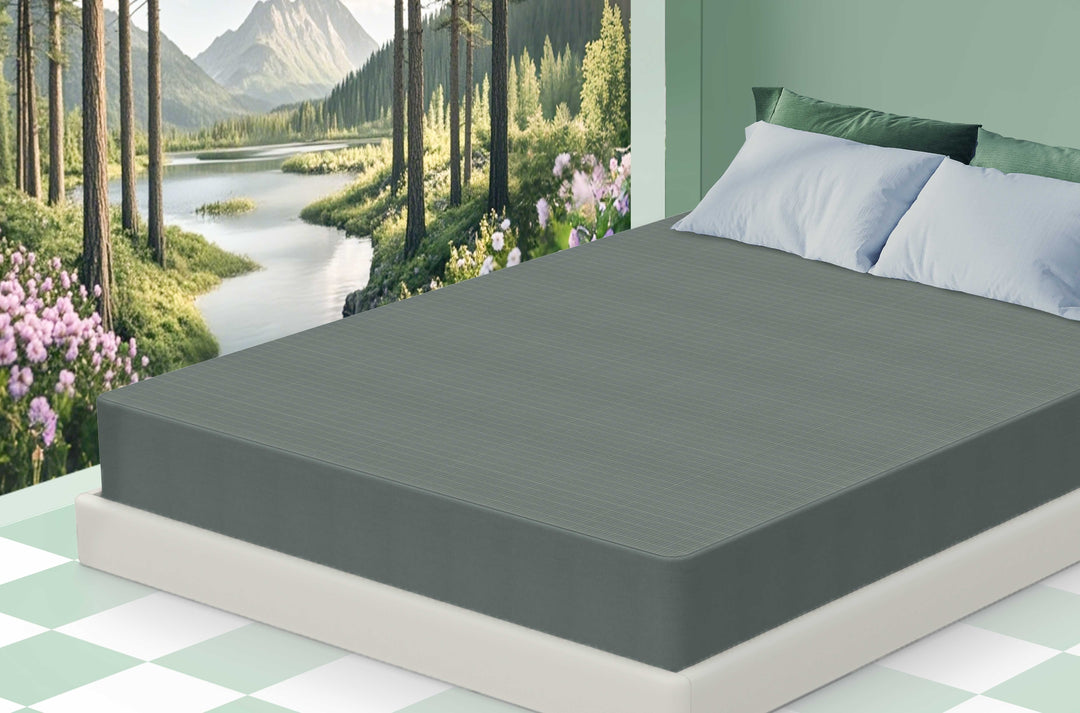



Leave a comment